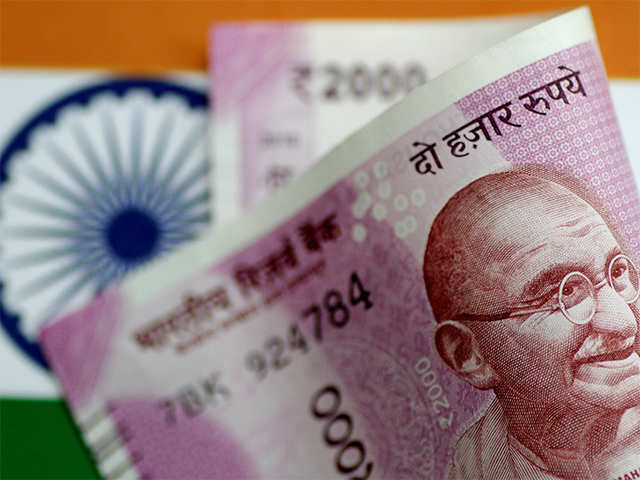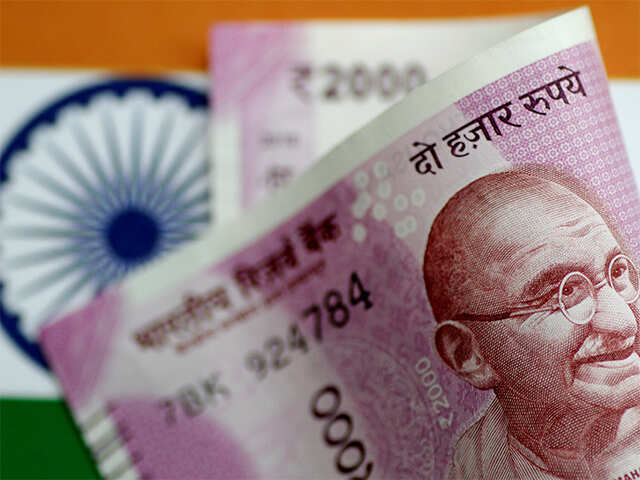State of Economy-VI: Booster investment dosage needed to fire-up slacking consumption
MUMBAI: A booster dose of government and private sector spending along with cheaper rates of finance are required to kick-start India’s consumption driven demand, industry observers opined.
To put it simply, the overall economic growth is expected to decline on the back of slacking consumption due to farm distress, global headwinds and stagnant wages. These have cumulatively hampered sales, thereby restricting production and as a result stalled job creation.
Furthermore, the slowdown has become evident in sectors such as automobile, FMCG and aviation.
“Consumption in India has slowed due to several factors, including low rural demand reflected in low prices that is a by-product of low rural wage growth and significantly low level of global food prices for a protracted period keeping a lid on MSP,” said Soumya Kanti Ghosh, Group Chief Economic Adviser, SBI.
“Besides, private investments are not forthcoming, so public investment should continue to keep pace, which looks difficult given the current fiscal constraints. Therefore monetary policy should do heavy lifting as fiscal policy is constrained.”
Latest economic indicators, including Index of Eight Core Industries, Index of Industrial Production and inflation gauges have shown a worsening trend which industry observers fear will continue.
A case in point is the automobile off-take data. In April, car sales which indicate urban and semi-urban demand declined 19.93 per cent to 160,279 units.
In the commercial vehicle segment, which is the key indicator of economic activity, domestic sales went down by 5.98 per cent to 68,680 units last month.
Similarly, overall sales of two-wheelers, which include scooters, motorcycles and mopeds, edged lower by 16.36 per cent to 1,638,388 units.
Consequently, the country’s factory output has also slipped. In March, it declined to over a 20-month low, as the output rate of the manufacturing sector fell (-)0.4 per cent from a year-on-year (YoY) rise of 5.7 per cent.
Recently, State Bank of India’s Economic Research Department in a report said: “In Q4FY19, of 384 companies more than 330 companies exhibited negative growth in mid-line and bottom-line.”
“Perhaps, significantly depressed rural prices is disturbing rural income and weak demand is affecting the FMCG sector.”
Even the external environment is not conducive enough to revive growth through exports as Crude oil is already hovering around $72 per barrel and trade tensions continue to simmer.
“Demand is likely to remain sluggish in the near term. The global growth is likely to remain patchy, implying weaker exports demand and weaker manufacturing production,” said Madhavi Arora, Lead Economist, Edelweiss Securities
“Besides, weaker domestic demand will also weigh on industrial production.”
On the reforms front, India Ratings and Research’s Chief Economist and Senior Director Public Finance Devendra Kumar Pant said: “Structural issues related to household savings and investments needs to be sorted out. The basically problem is that wage growth has stagnated and in some cases it is declining.”
“In the short-term monetary policy easing and active transmission from banks might boost sentiments, but for the long-term resolving structural issues related to household savings and investments is the key.”
In addition, a recent report published earlier this month by Kotak Institutional Equities Research quoted certain references made by FMCG companies in their 3QFY19 earnings calls, where requirement of ‘stimulus’ was hinted.
“… We see a major shift in tone (for the worse) on short-term demand narrative in the management commentaries of the companies that have reported thus far. When a generally-measured management like HUVR’s uses the term ‘recession’ in its comments in the post-results presser, it generally isn’t a one-quarter blip,” the report said.
[“source=auto.economictimes.indiatimes.”]





